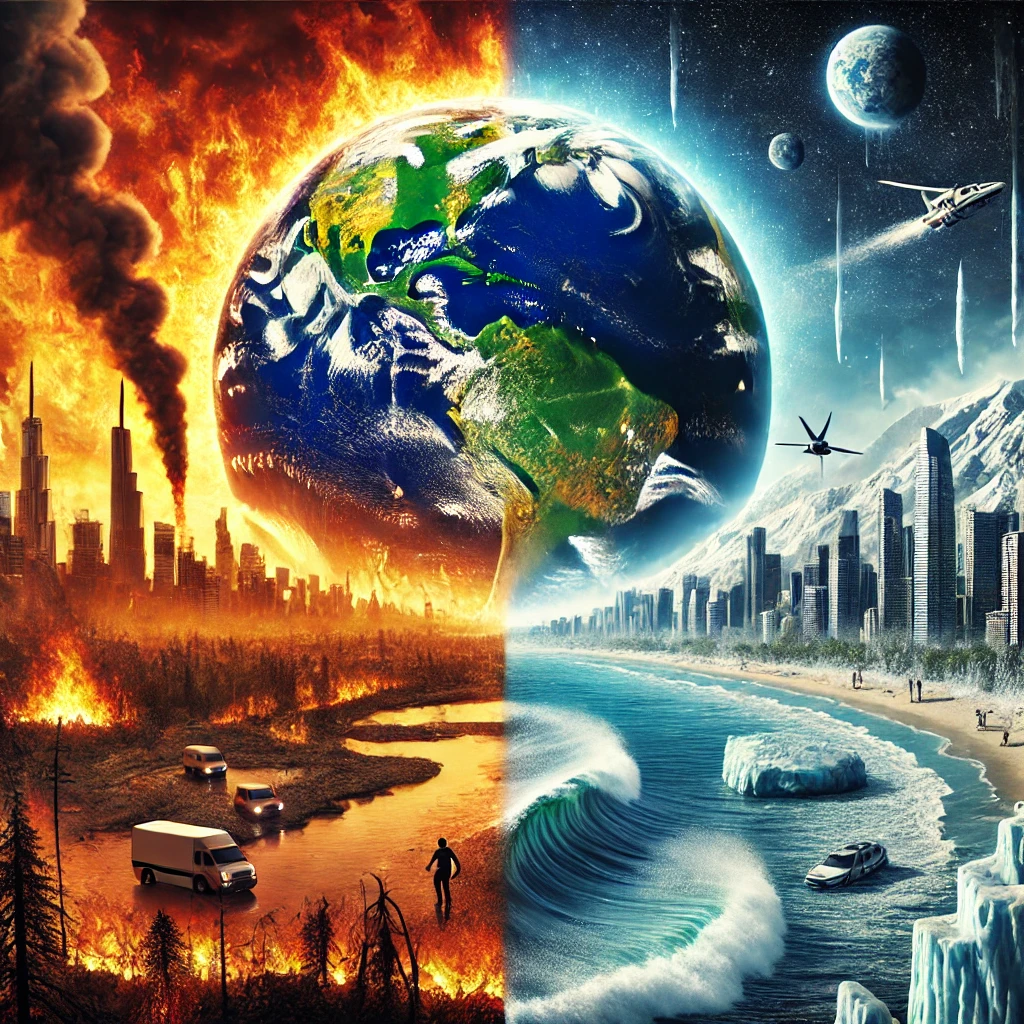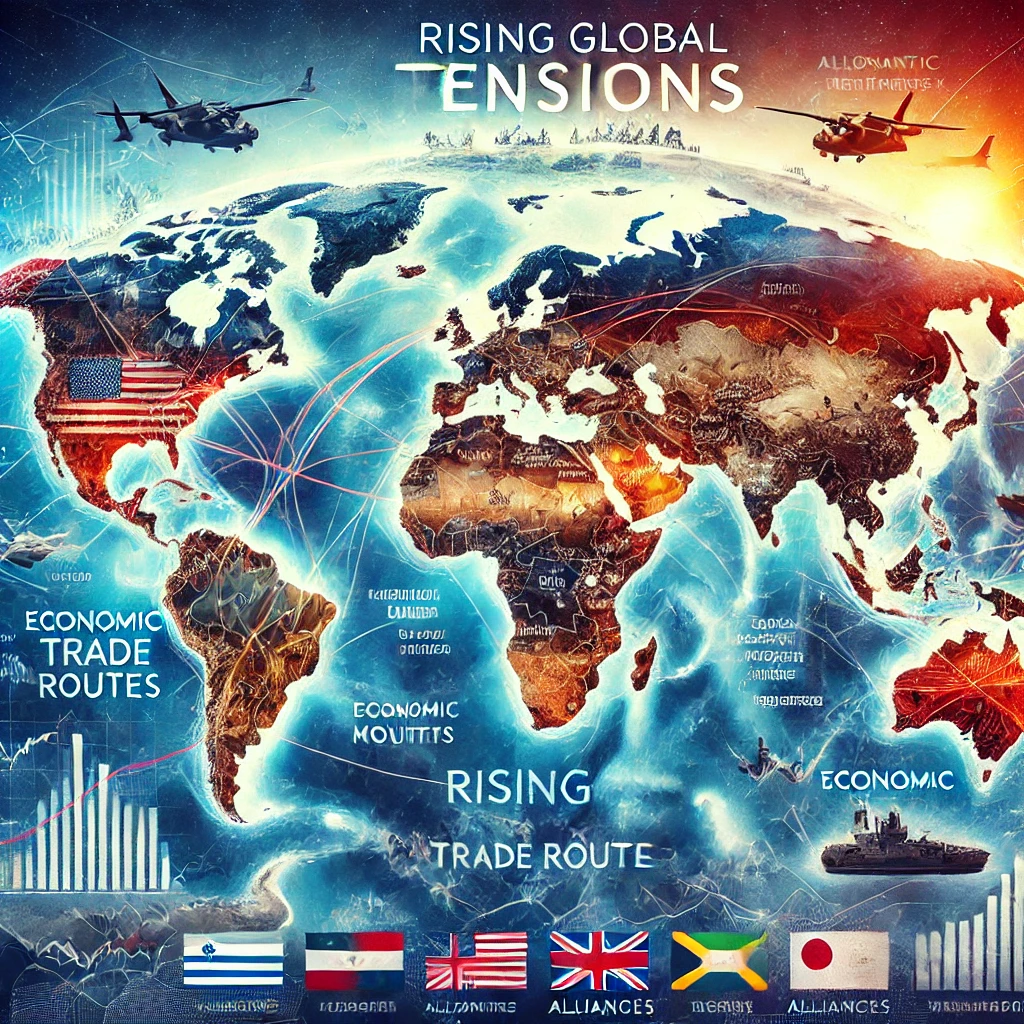
The media & amusement (M&E) industry has sustained a profound transformation accompanying the advent of digitalization. The fusion of electronics and content creation has transformed how we consume facts, entertainment, and interconnect with various forms of publishing. This article delves into the versatile effects of digitalization in the M&E industry, emphasize the emergence of digital publishing as a central implant shaping the modern television landscape.
Digitalization refers to the unification of digital technologies into all facets of the M&E industry. From traditional print radio to television shows and shopping campaigns, the digital age has ushered in a new term of content creation and allocation. This transition has paved the habit for a diverse array of mathematical media formats that pamper the preferences and demands of a global hearing.
Traditional forms of media, frequently referred to as “legacy television,” are facing two together challenges and opportunities in the wake of digitalization. Print publishing, once a dominant beginning of information, has had to accommodate to the online landscape. Newspapers and papers now offer mathematical editions, and online platforms determine a space for charming and interactive content.
Television shows and movies have erect new avenues for distribution through cascading services. This shift has not only transformed how audiences approach content but also reconstructed the business models of production associations. Streaming platforms offer personalized happenings, enabling witnesses to watch their favorite shows and movies on their own schedules.
The rise of digital shopping has redefined how brands advance their products and services. Marketing campaigns are not any more limited to usual channels; they extend to social radio platforms, websites, and online advertisements. The capability to target distinguishing audiences and track campaign act has made mathematical marketing an essential tool for brand knowledge and customer engagement.
Social news platforms have enhance integral to the way facts is shared and exhausted. Audiences use these platforms to connect with companions, follow influencers, and stay updated on topical news items. Social media still empowers individuals and businesses to conceive digital publishing and share it with a global hearing, democratizing the creation and allocation of content.

Augmented reality (AR) has added a tier of interactivity to the media landscape. AR science overlays digital fundamentals onto the real world, reinforcing user happenings. This has applications ranging from mutual advertisements to immersive educational content.
Digital publishing has brought about a fundamental shift in in what way or manner information is consumed and joint. It allows for the fast dissemination of news, permissive individuals to stay cognizant about global events in evident-time. Furthermore, the era of mathematical media has likely rise to “earned publishing,” where hearings voluntarily share and promote content, donating to brand awareness and credibility.
In summary, digitalization has change the M&E industry in deep ways. Traditional forms of media are accommodating to the digital age, while new mathematical media formats have arose, catering to the inclinations of a diverse global hearing. The effects of digitalization extend to shopping, distribution, and hearing engagement, creating a active and interconnected news landscape. As technology resumes to evolve, the M&E industry will certainly continue to reconstruct, embracing the opportunities bestowed by digital news to engage audiences in creative and impactful habits.


